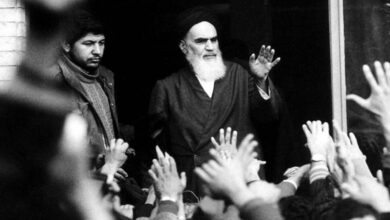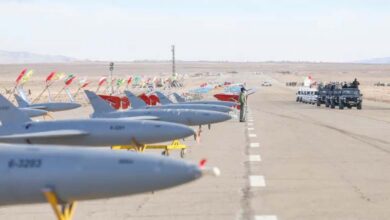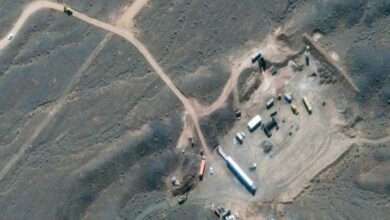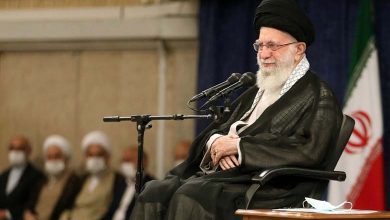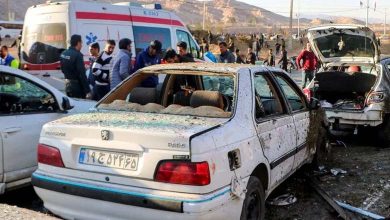After the largest wave of protests… what are Iranian preparations to face popular anger?
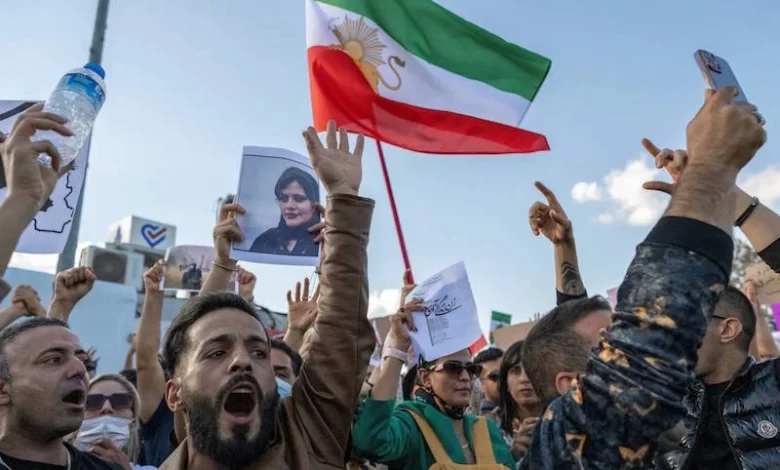
The first major protests this year erupted in Iran over the weekend, with reports of gunfire and tear gas in some cities. On Sunday, more than 25 protests took place in at least 17 cities, the highest number since 5 December.
Largest wave of strikes
The British Sky News network has mapped out the location of each protest with 12 or more people since 16 September, with data provided by the Critical Threats Project (CTP) at the American Enterprise Institute with support from the Institute for the Study of War, and there have been strikes. An Iranian driver said: “In Kermanshah, the heart of Kurdistan, 18 general strikes have taken place since the beginning of this week,” where protests and strikes erupted as the Iranian people continue to demand wide-ranging change in the country. The demonstrations began after the death of Mahsa Amini, who was killed while in custody after police said she was wearing her headscarf inappropriately.
Human rights activists News Agency (HRANA) reported that 519 protesters have been killed since September 17. The group’s figures, published on January 9, indicate that nearly 20,000 people have been arrested and 111 are “under imminent threat of the death penalty,” and civil unrest was fueled on Sunday by anger over the downing of a Ukrainian civilian airliner by the Islamic Revolutionary Guard Corps (IRGC) three years ago. All 176 people on board died.
Government preparations
According to the UK network, the Iranian regime expects an escalation of the protest. For example, cameras were installed last week in the western city of Javanrud. Security forces also gathered in the city before the weekend, protests took place in the area, and some videos show fires in the streets. Two protesters were executed on Saturday; On Saturday, Mohammad Mahdi Karami and Sayed Mohammad Hosseini were executed and sentenced to death by Iran for killing a member of the paramilitary force. This prompted condemnation from the UN Human Rights Office, which said that the executions were the result of “unfair trials based on forced confessions.” The two men became the third and fourth protesters to be publicly confirmed after the deaths of Majid Reza Rahnavard and Mohsen Shukr last December.
According to the network, tensions over the execution of the men continued until yesterday, Monday, when authorities blocked roads leading to the burial site and reportedly shot at mourners. The footage, which Sky News confirmed was taken just outside the cemetery, shows a man in black firing at cars driving him to the site.




